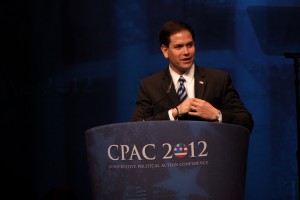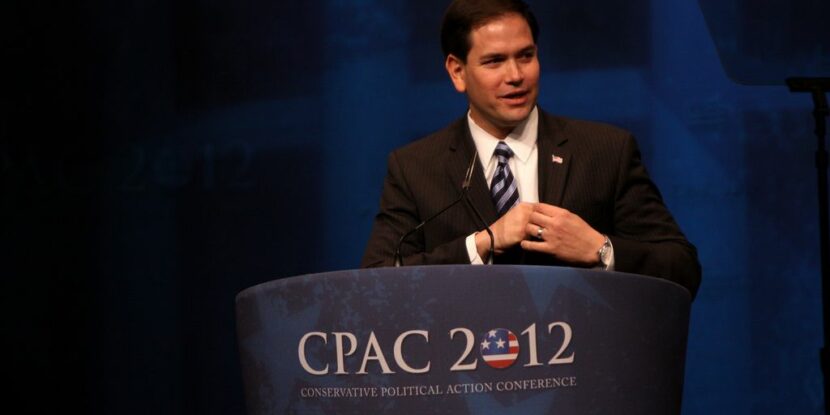
In a Wall Street Journal op-ed on Tuesday, Senators Marco Rubio (FL) and Mike Lee (UT) began a debate on tax-reform by questioning whether the current unemployed, underemployed, stagnant wage economy is the “new normal.”
Their pitch is a tax reform plan “built…on the simple, yet powerful truths at the heart of the free-enterprise system: that economic growth is a function of economic freedom, and that economic freedom depends on equal opportunity and fair treatment under law.”
It pitches a single-layer corporate tax structure and a two-tier (down from seven) personal income tax. While the policy portion of their plan addresses workers, wages, and enterprise makers, at its heart it also addresses the elephant in the room: the role of “government coercion, regulation and taxation” inhibiting the freedom of workers to benefit from enterprise that is sufficiently free to invest, produce, grow and hire.
It appears to be a worker-centered argument that pits taxpayer against tax-taker, and begs the question about exactly what the government does with all that money it collects? For many voters the debate over tax-reform begins right there, with a demand the government justify to those from whom it takes its spending money just what it spends (and why).
As the American Principles in Action’s GOP Autopsy of the 2012 elections shows, registered voters chose Democrats over Republicans by a margin of 37% to 27% on the key question of who could better handle the economy. In light of shrinking wages, stagnant unemployment, and lower expectations after six years of Democrat direction, will the Rubio/Lee plan make the argument for the middle class about what exactly is causing the problem in the first place?
Clint Cline is the president of Design4, a messaging and media firm with offices in Florida and Washington, D.C.


